What’s the Buzz
The Bee Healthy Blog
Huntington's Disease: Current Treatments and Management Options

-
Huntington’s disease (HD), a rare, genetic, progressive neurodegenerative disorder, leads to uncontrolled movements (chorea) and loss of coordination (ataxia), as well as declined brain function affecting cognition and mental health.
-
There is no cure for Huntington’s disease, but medications, lifestyle changes, and therapies can help to manage the symptoms.
-
This disease may begin with clumsiness and problems with balance and progress to trouble walking and loss of function, leading to increased dependency on family and caregivers. This disease tends to worsen around 10 to 25 years, until the person passes.
Huntington's Disease Overview
Huntington’s disease (HD) is a rare, genetic, progressive neurodegenerative disorder in which there is decay and death of neurons (nerve cells) in the brain. This leads to physical symptoms such as uncontrolled movements (chorea) and loss of coordination (ataxia) as well as declined brain function affecting cognition and mental health. Behavioral changes include depression, problems concentrating, irritability, loss of intellectual abilities, emotional disturbances, and others.
Symptoms of Huntington’s disease typically start between the ages of 30 and 50 and get worse over time as the disease progresses. Very rarely, children and teenagers can develop Huntington’s disease. If affected children have developed symptoms before age 20, it is called juvenile Huntington’s disease and can have a more severe course.
Causes and Risk Factors of Huntington’s Disease
Huntington’s disease is a genetic disorder that gets passed down from parent to child through a mutation (abnormal gene change) in the Huntington’s disease gene called the HTT gene or IT15 gene.
The HTT gene provides instructions for making huntingtin, a protein believed to play a significant role in nerve cells. But how does the mutation of the HTT gene cause Huntington's disease on a cellular level?
When a person inherits a HTT mutation, the HTT gene is believed to affect a DNA segment called CAG. This CAG segment, a key player in the disease, comprises three DNA building blocks (adenine, cytosine, and guanine, thus, CAG), repeated 10 to 35 times in healthy individuals. In people with Huntington's disease, the CAG segment is repeated from 36 to even more than 120 times.
The excessive repeat of the CAG segment causes an abnormally long huntingtin protein, which is cut into shorter, toxic segments that accumulate in the nerve cells (neurons), severely affecting their function. Similar to the HTT mutation, the expansion of the CAG segment in the IT15 gene can also cause signs and symptoms of Huntington's disease.
The number of CAG segment repeats is a critical factor in the development of Huntington's disease. People with 40 or more CAG segment repeats are the ones that develop this debilitating condition, while those with 36 to 39 repeats may or may not develop this brain disorder.
Huntington’s disease affects about 3 to 7 per 100,000 people. People with HD are usually of European ancestry.
Having a parent with Huntington’s disease is a risk factor. People who have a parent with Huntington's disease have a 50% chance of developing the condition (this is called autosomal dominant inheritance). However, unaffected children don’t pass on the HD gene to their children.
How is Huntington’s Disease Diagnosed?
Genetic testing can be done on blood samples to definitively diagnose Huntington’s disease in a person who has symptoms of the condition on neurological exam and psychiatric evaluation.
A genetic counselor may offer a predictive genetic test to people who have a medical history of the condition in their family but don’t yet have Huntington’s disease symptoms. However, this test can’t predict when the early symptoms will start and what symptoms will appear first.
Prenatal testing on a baby during pregnancy is also possible to detect if the baby has inherited the faulty gene.
Other tests and exams ordered by a healthcare provider may include a neurological exam for motor and sensory symptoms, a neuropsychological evaluation for psychiatric conditions and cognitive functioning, a mental health evaluation, and brain imaging (magnetic resonance imaging MRI or computed tomography CT scans).
Objectives of Treatment
There is no cure for Huntington’s disease. There is also no way to slow down the rate at which the disease progresses and causes physical and mental health decline. However, medications can help to manage the symptoms of Huntington’s disease. There are also various interventions that can help a person with Huntington’s disease adapt to their changing abilities over time.
Challenges in Treatment
As mentioned, there are currently no treatments that can slow down the progression or change the course of Huntington’s disease. Also, certain medications can treat some symptoms of HD but cause side effects that result in worsening of other symptoms. For example, medications that control involuntary movements may cause worsening of depression or other psychiatric symptoms. Antipsychotic medicines that are used to treat behavioral symptoms may cause different movement disorders called tardive dyskinesia. Therefore, treatment goals for people with Huntington’s disease need to be reviewed and revised periodically as the disease progresses and the symptoms change.
Medical Treatments for Huntington's Disease
FDA-Approved Medications for Motor Symptom Management
-
VMAT-2 Inhibitors: These are drugs approved by the U.S. Food and Drug Administration (FDA) to control involuntary movements such as jerking, writhing, or dance-like movements (called chorea) in Huntington’s disease patients. Three drugs are currently approved—tetrabenazine (Xenazine), deutetrabenazine (Austedo), and valbenazine (Ingrezza).
-
Antipsychotic Medicines: Certain antipsychotic drugs can suppress uncontrolled movements (chorea) due to their side effects. However, they can cause worsening dystonia (involuntary muscle contractions) and slowness of movements (similar to Parkinson's disease). Examples of antipsychotic drugs used in HD treatment include olanzapine (Zyprexa), haloperidol and fluphenazine, and aripiprazole (Abilify, Aristada).
-
Other Medications for Chorea: Drugs such as levetiracetam (Keppra, Spritam), clonazepam (Klonopin), and amantadine (Gocovri) are sometimes used to manage chorea, but they are less effective than other treatment options.
Medications to Treat Mental Health Symptoms
-
Antidepressant Drugs: These drugs are used to treat depression and obsessive-compulsive disorder symptoms, which are common in Huntington’s disease patients. Examples include fluoxetine (Prozac), sertraline (Zoloft), citalopram (Celexa), and escitalopram (Lexapro).
-
Antipsychotic Medications: These drugs are used to treat behavioral symptoms such as agitation and violent outbursts. Examples include quetiapine (Seroquel) and olanzapine (Zyprexa).
-
Anti-Seizure Medications (Mood Stabilizers): These medicines are used to manage the emotional disturbances and mood changes associated with bipolar disorder, which is a mental health symptom seen in Huntington’s patients. Examples include carbamazepine (Carbatrol, Tegretol), lamotrigine (Lamictal), and divalproex (Depakote).
Off-Label Drug Use
Only three medications are FDA-approved to treat chorea in Huntington’s disease patients—these are tetrabenazine (Xenazine), deutetrabenazine (Austedo), and valbenazine (Ingrezza).
Many other drugs are prescribed to Huntington’s disease patients that are approved for other conditions such as depression, psychosis, mood disorders, Parkinson’s disease, or Alzheimer’s disease. This is called off-label drug use.
Lifestyle and Supportive Therapies
Occupational Therapy
Occupational therapy can help people with Huntington's disease adapt to worsening symptoms and maintain their independence for as long as possible. An occupational therapist can teach affected individuals and their family members to use assistive devices for daily tasks such as bathing, dressing, eating, and drinking.
Physical Therapy
Physical therapy can help Huntington’s disease patients improve strength, balance, coordination, and flexibility to maintain mobility and lower the risk of falls. A physical therapist can also help in improving posture to lessen the impact of involuntary movements. They can also provide guidance on the use of devices such as walkers and wheelchairs.
Speech and Language Therapy
Due to the involvement of the muscles in the mouth and throat, Huntington disease patients develop trouble swallowing and speaking. Speech therapy can help these individuals learn to use communication devices and improve eating and swallowing functions.
Psychotherapy
Talk therapy provided by a clinical social worker, psychologist, or psychiatrist can help people with Huntington disease and their family members manage behavioral symptoms, learn coping strategies, and have realistic expectations as the disease progresses.
Nutrition and Dietary Considerations: What Foods Should You Avoid If You Have Huntington's Disease?
You should avoid hard, difficult-to-chew, difficult-to-swallow foods if you have Huntington’s disease. It’s also a good idea to avoid foods that have low nutritional or calorific value, for example, non-fat ice cream (choose full-fat instead) or black tea (choose a protein-supplemented milkshake instead).
Many people with Huntington disease have problems maintaining a healthy body weight. It may be necessary to eat a high-calorie diet, take dietary supplements, and eat frequent, small meals to ensure adequate nutrition.
New Treatments: Emerging and Experimental Therapies in the Research Pipeline
Gene Therapy
Huntington's disease is an ideal candidate for gene therapy because this neurodegenerative disorder has a single genetic target, the faulty gene (HTT), which codes for the Huntingtin protein. Researchers are studying ways to modulate the production of this protein through gene transfer. Examples of drugs in clinical trials include tominersen, AMT-130, and WVE-003.
Stem Cell Research
Stem cells are progenitor cells in the body that can transform into other cell types, like blood, bone, muscle, and nerve cells. Cellavita HD is a stem cell therapy that is being investigated for the treatment of Huntington’s disease to replace destroyed brain cells. It involves using mesenchymal stem cells obtained from dental pulp which can cross the blood-brain barrier and promote the growth of new nerve cells. Clinical trials are underway to evaluate the safety and efficacy of this potential Huntington’s disease treatment.
Drugs in Clinical Trials
Various medications that may improve movement, thinking, and behavior in Huntington’s disease patients are in clinical trials. Examples include pridopidine, SAGE-718, bevantolol hydrochloride (SOM3355), pepinemab, and ANX-005.
Living with Huntington's Disease: What is Everyday Life Like for Someone with Huntington's Disease?
Everyday Life and Adjustments
Huntington's disease affects the person with the disease as well as their caregivers. In the early stages, there may be clumsiness and problems with balance. This can progress to trouble walking and an increased risk of falls due to chorea (uncontrollable movements), akinesis (rigidity), and dystonia (fixed postures). There can also be unusual eye movements and speech and swallowing problems. In addition to the person’s movements, the disease also causes cognitive, behavioral, and mental health changes, with symptoms such as slowed thinking, trouble learning new things, mood swings, trouble sleeping, irritability, depression, and suicidal ideation.
In the later stages, as Huntington’s disease progresses, there is increasing dependence on family members and other caregivers. Some of the daily life issues that need to be addressed include:
-
Eating and nutrition.
-
Cognitive and mental health symptoms.
-
Planning for the advanced stages of the disease and end-of-life care.
Coping Strategies for Patients and Families: Support Groups and Resources
-
The Huntington's Disease Society of America (HDSA) has many resources for education, support groups, and referral services for people with the disease and their caregivers.
-
The Huntington’s Outreach Project for Education (HOPES), a student-run project at Stanford University dedicated to increasing accessibility to scientific health information about HD.
-
The National Institute of Neurological Disorders and Stroke (NINDS) has more information about the condition.
Long-Term Care Considerations
People with Huntington’s disease have progressive loss of function, leading to eventual death. Planning for these events can help to avoid family conflict and keep the person as comfortable as possible. Some of the long-term considerations that need to be addressed include:
-
In-home versus assisted living facilities vs nursing home care in the later stages of the disease.
-
Hospice services for end-of-life care.
-
A living will for care preferences when the person can no longer make healthcare and other decisions.
-
Advance directives to choose the people authorized to make medical and/or financial decisions on behalf of the person with Huntington's disease.
How Long Does Someone Live With Huntington's Disease?
Life expectancy from the time the first symptoms develop in HD patients is about 10 to 30 years. People with juvenile Huntington's disease usually die within 10-15 years after symptoms appear. Death usually occurs due to complications such as chest infections or injuries related to falls.
How Old Is The Oldest Person With Huntington's Disease?
There are reports of a person with late-onset Huntington’s disease (onset after age 60) living to age 91.
Finding a Treatment Center
Locating Specialized Facilities
The Huntington’s Disease Society of America (HDSA) has 56 centers of excellence and partner sites throughout the United States that provide specialized care to HD patients.
Criteria for Choosing a Treatment Center
The treatment center and healthcare professional coordinating care for a person with HD symptoms should be committed to providing high-quality, comprehensive care as well as access to clinical research. Healthcare providers who have extensive experience working with families affected by Huntington disease can provide coordinated care and help the family plan the best HD care program at every stage of the disease.
Role of Multi-Specialty Teams
Huntington disease care requires a multidisciplinary approach with a team of healthcare professionals, including neurologists, psychiatrists, physical, occupational, and speech therapists, counselors, social workers, and other professionals to address the various aspects of the condition, including motor symptoms, cognitive and behavior issues, and mental status changes.
How to Participate in Clinical Trials
The social worker or healthcare provider coordinating care for an HD patient can recommend trials. Other resources to find a clinical trial enrolling patients with Huntington’s disease are listed below:
-
National Library of Medicine (clinicaltrials.gov)
-
Huntington Study Group (HSG)
References:
-
https://www.mayoclinic.org/diseases-conditions/huntingtons-disease/symptoms-causes/syc-20356117
-
https://my.clevelandclinic.org/health/diseases/14369-huntingtons-disease
-
https://www.hopkinsmedicine.org/health/conditions-and-diseases/huntingtons-disease
-
https://www.ninds.nih.gov/health-information/disorders/huntingtons-disease
-
https://www.nhsinform.scot/illnesses-and-conditions/brain-nerves-and-spinal-cord/huntingtons-disease
-
https://health.ucdavis.edu/huntingtons/files/medications-to-treat-hd-6-04-2013.pdf
-
https://movementdisorders.onlinelibrary.wiley.com/doi/pdf/10.1002/mdc3.13357
-
https://hdsa.org/find-help/clinical-care-services/hdsa-centers-of-excellence/

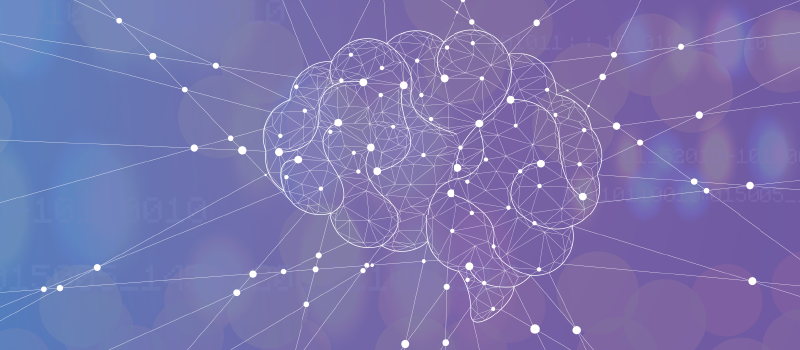

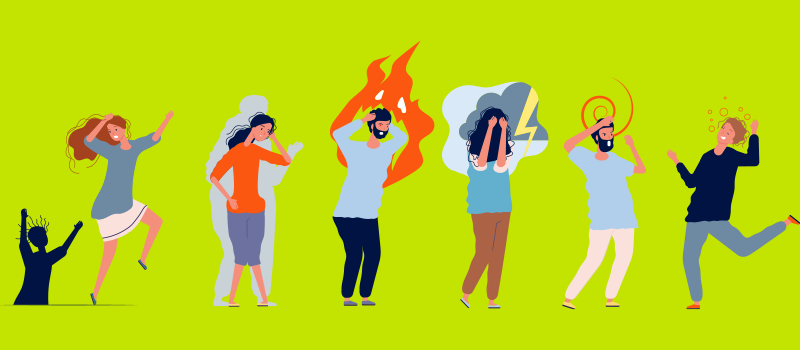

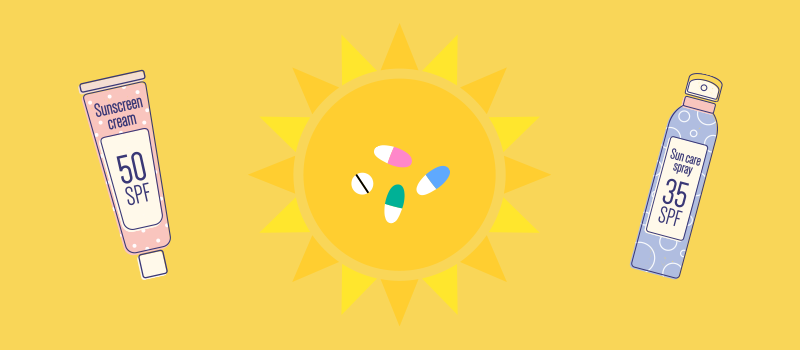
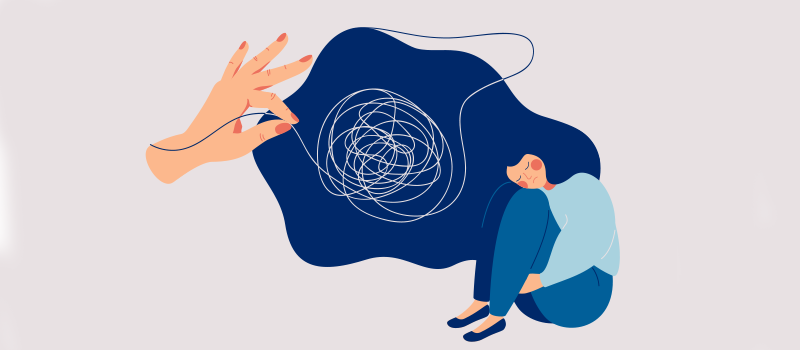
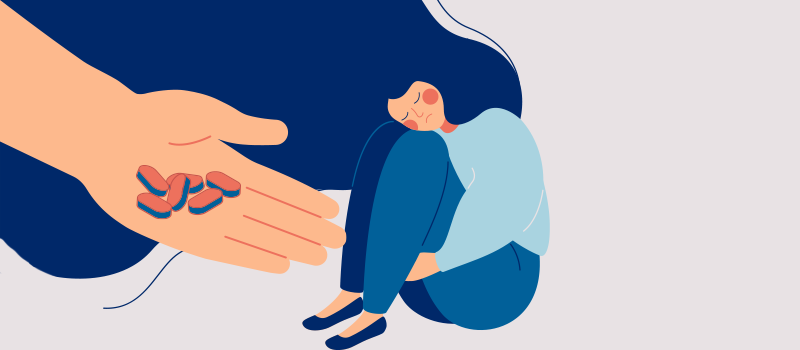
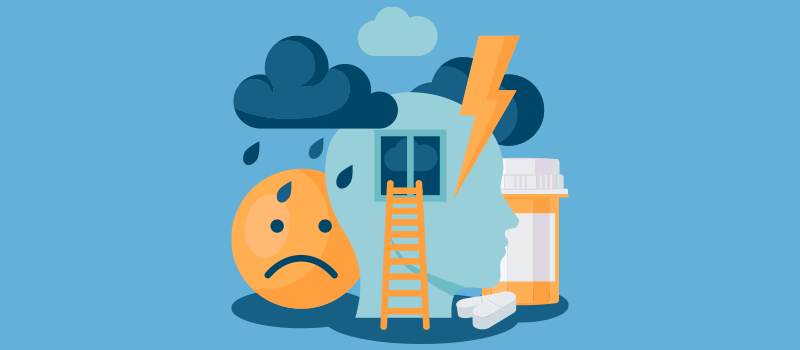



SOCIAL